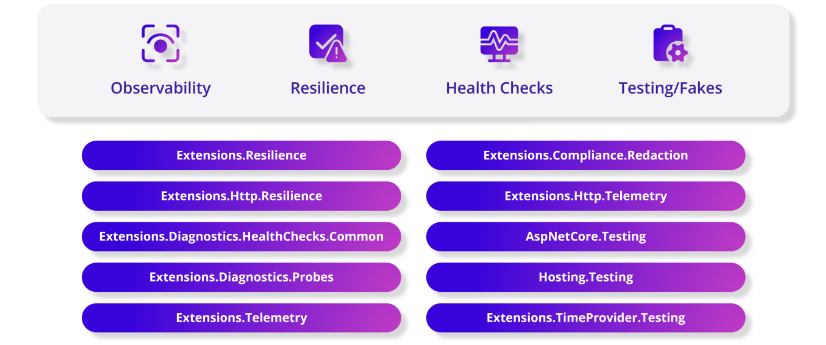Microsoft Conferences Converge - 2023 edition by Jennifer Parker
This week was a busy week in the world of Microsoft conferences. We had both Microsoft Ignite 2023 and dotnetconf to herald in .NET 8.
There were so many incredible announcements that my head started spinning with the possibilities for 2024 and beyond. I think it’s a good time to pause and reflect on some insights I was able to glean and how I think both conferences converged.
Over at Microsoft Ignite
“Microsoft is the Copilot Company”
GPTs are and continue to be a hot topic, so much so that Satya Nadella said generative AI is bigger than PCs and the internet. Microsoft backs that up with partnerships with Nvidia and OpenAI as well as new Microsoft offerings such as Copilot for 365, Azure AI Studio, Models-as-a-Service and the entire Copilot Stack.
With the advent of being able to build custom GPTs and the context-aware Copilot for Microsoft 365, my thoughts immediate gravitate toward being able to answer domain-specific questions and come up with solutions faster based on your organization’s very specific needs. This is going to be a differentiator for many organizations.
Another transformative announcement is Microsoft Fabric, which brings all your data together under OneLake. This empowers even more for building custom GPTs and integrating with the Microsoft Graph through Copilot!
Moving on to the dotnetconf announcements
.NET 8 brings together a host of new features and tooling, including performance improvements and better JSON handling. There are code generator improvements that optimize your code based on real-world usage by up to 20% and enormous gains in parallelization that can support operating on much more data in less time. If we’re building for training LLMs, these performance improvements become critical.
While those out “front features” are amazing, there’s something I’m almost more excited about. .NET 8 also brings increased telemetry capabilities to the .NET stack, including observability and DevSecOps tooling with support of OpenTelemetry.
This is a potential game changer for being able to natively predict organic growth and capacity planning, reduce downtime, and improve site reliability.
Imagine if you’re an eCommerce retailer that has had to guess at capacity during Black Friday or other peak sales periods. If you err on the side of being optimistic about your traffic, you’d spin up many more instances than you actually need, costing the organization time and money. If you are more conservative, you could end up not scaling up enough and result in instability or downtime during the most critical time of the year.
Now imagine a future where we can use GPTs, combined with the Microsoft Graph/Copilot for Microsoft 365 and the increased telemetry capabilities in .NET to predict and automatically scale up at a micro level.
As someone that has architected and built B2C websites at scale, observability and resilience are near-and-dear to my DORA-metric-loving heart. In addition to predictive capacity planning, many of these features are geared toward MTTD or mean time to detect an outage. This ultimately results in faster response times and restoration of service. Being able to proactively detect an outage versus waiting for someone to report an outage is extraordinarily impactful for any organization. According to a white paper by Forbes, 66% of organizations have experienced damage to their reputation as a result of system failure. While the reputational impact of an outage is hard to definitively measure, costs can accrue at the rate of $50,000 per minute for a minor disruption. The true cost savings for improved recovery times speak for themselves.
In conclusion, .NET 8 delivers incredible front-of-house AND back-of-house improvements that work in concert to provide delightful experiences that are resilient, stable and always available.




